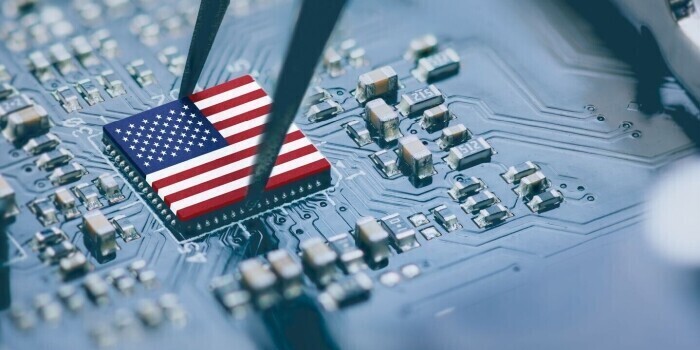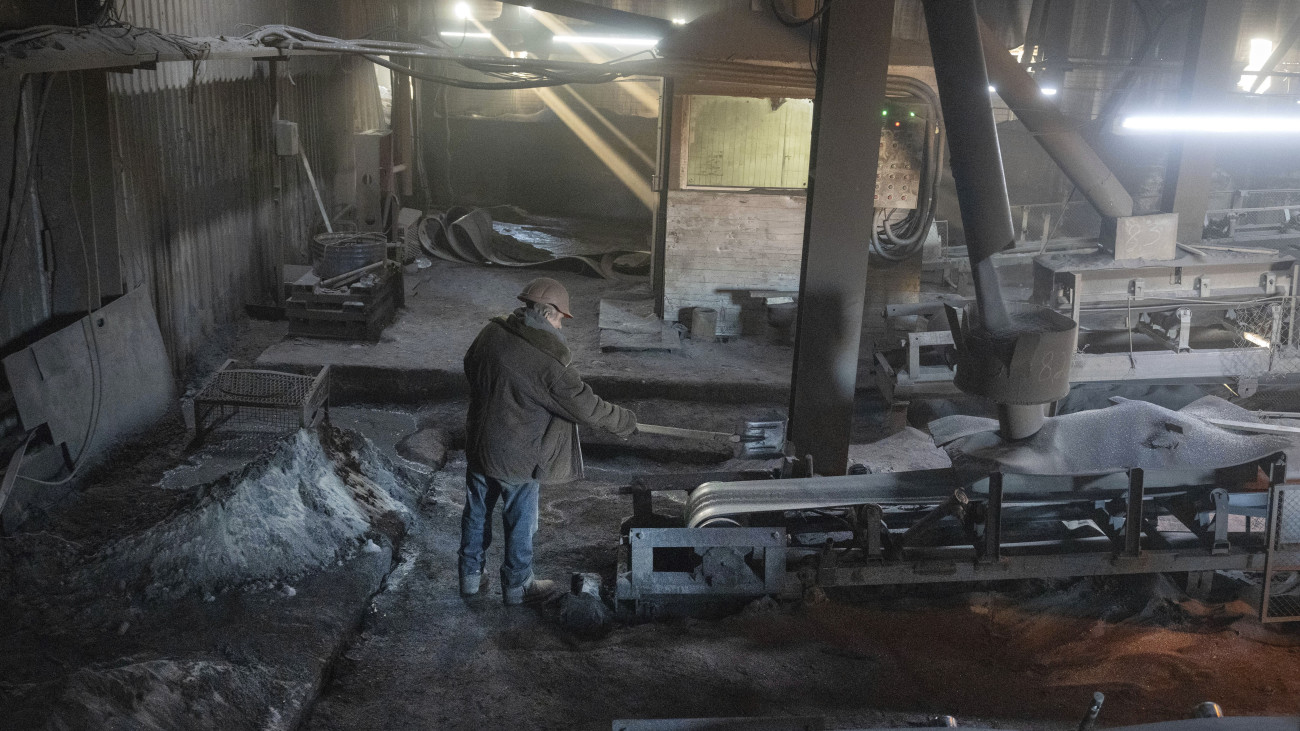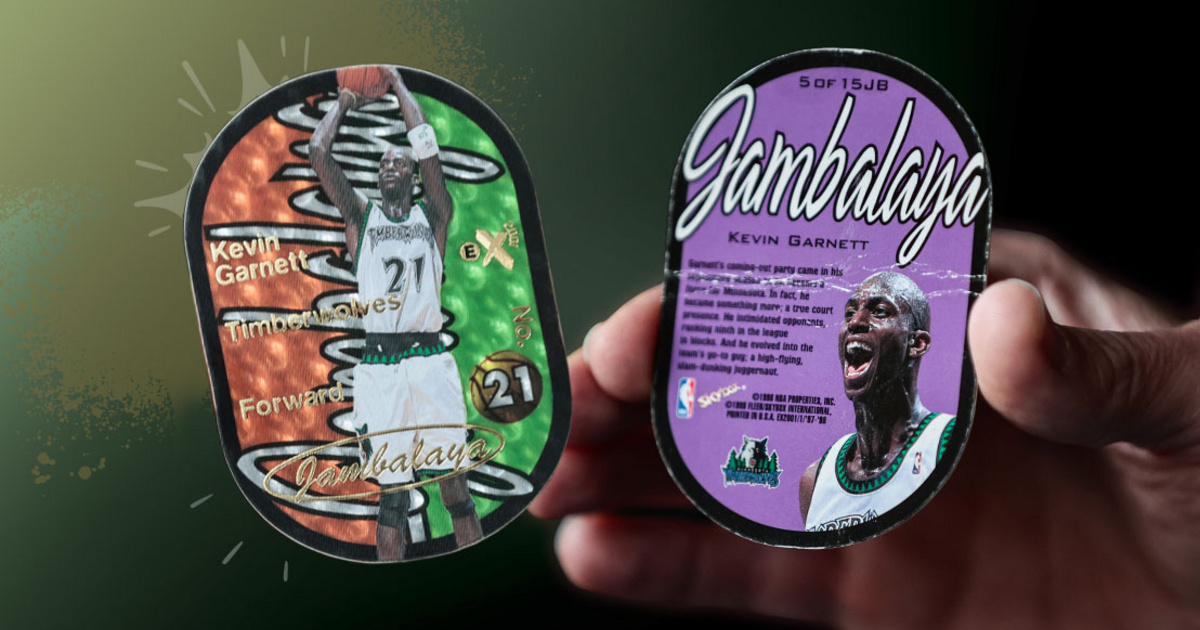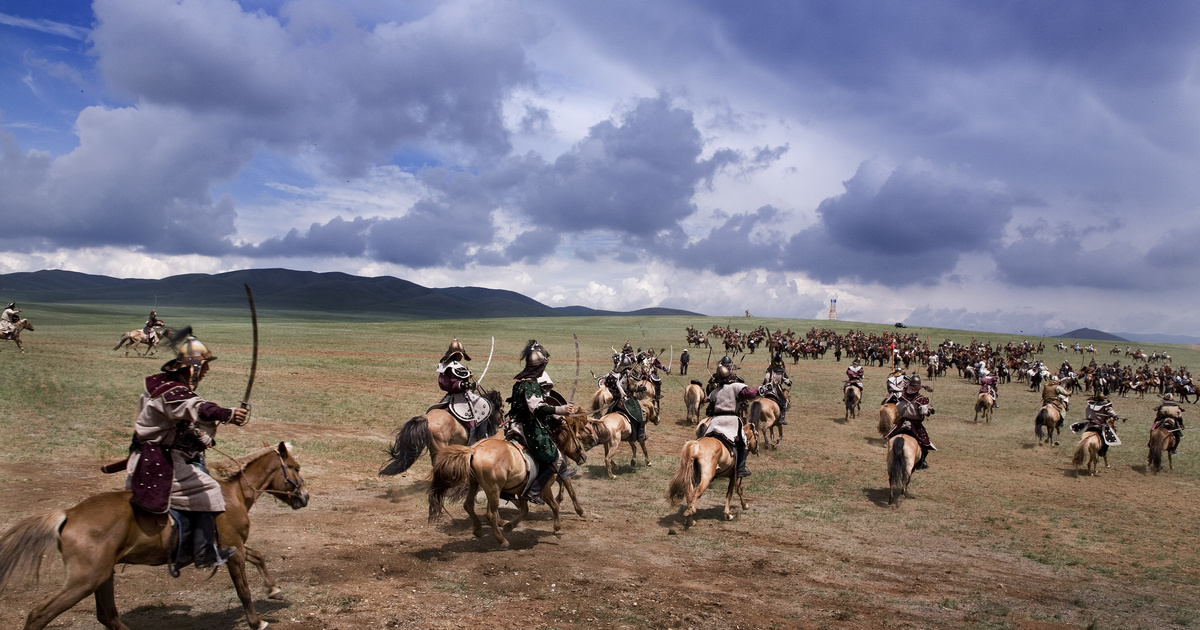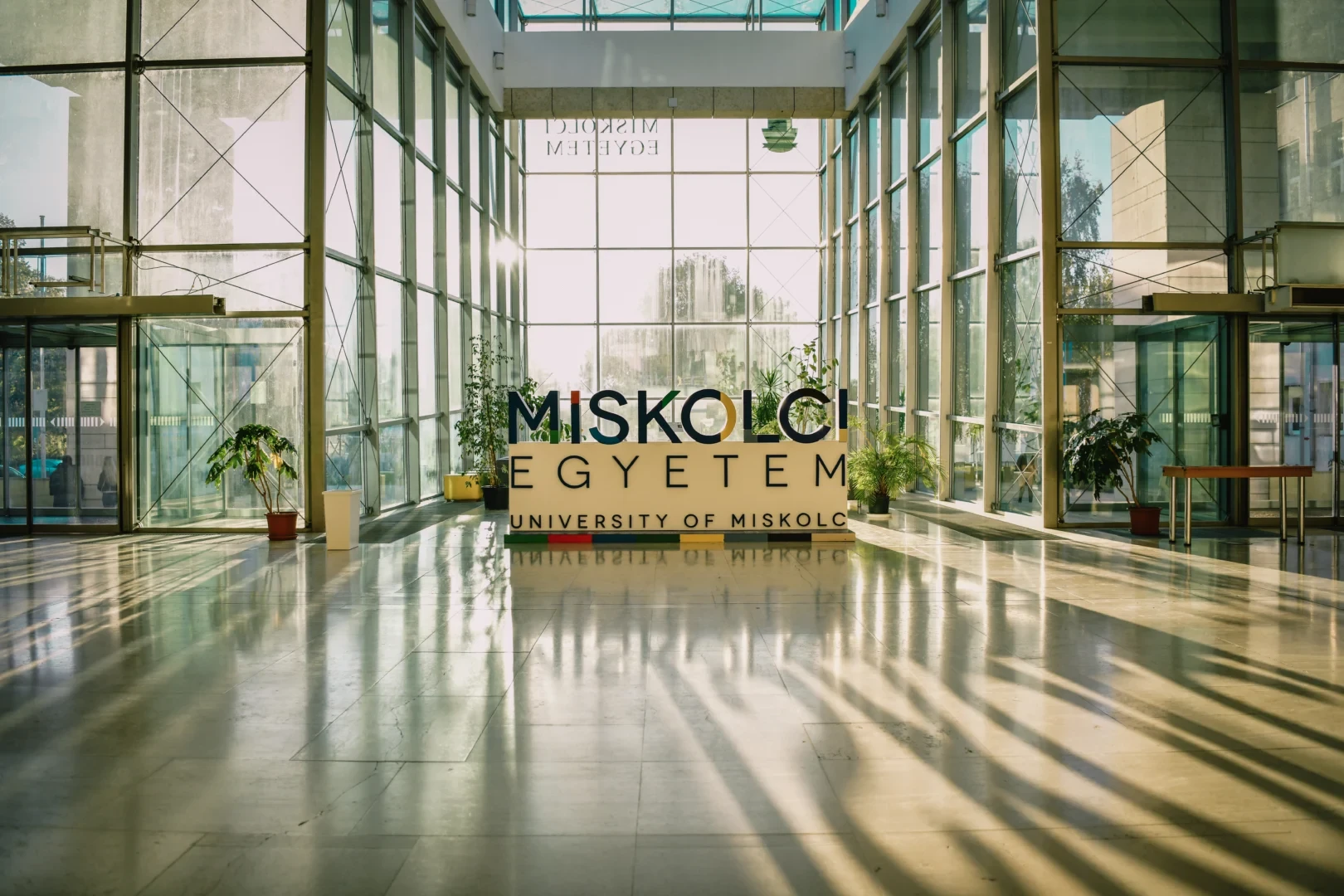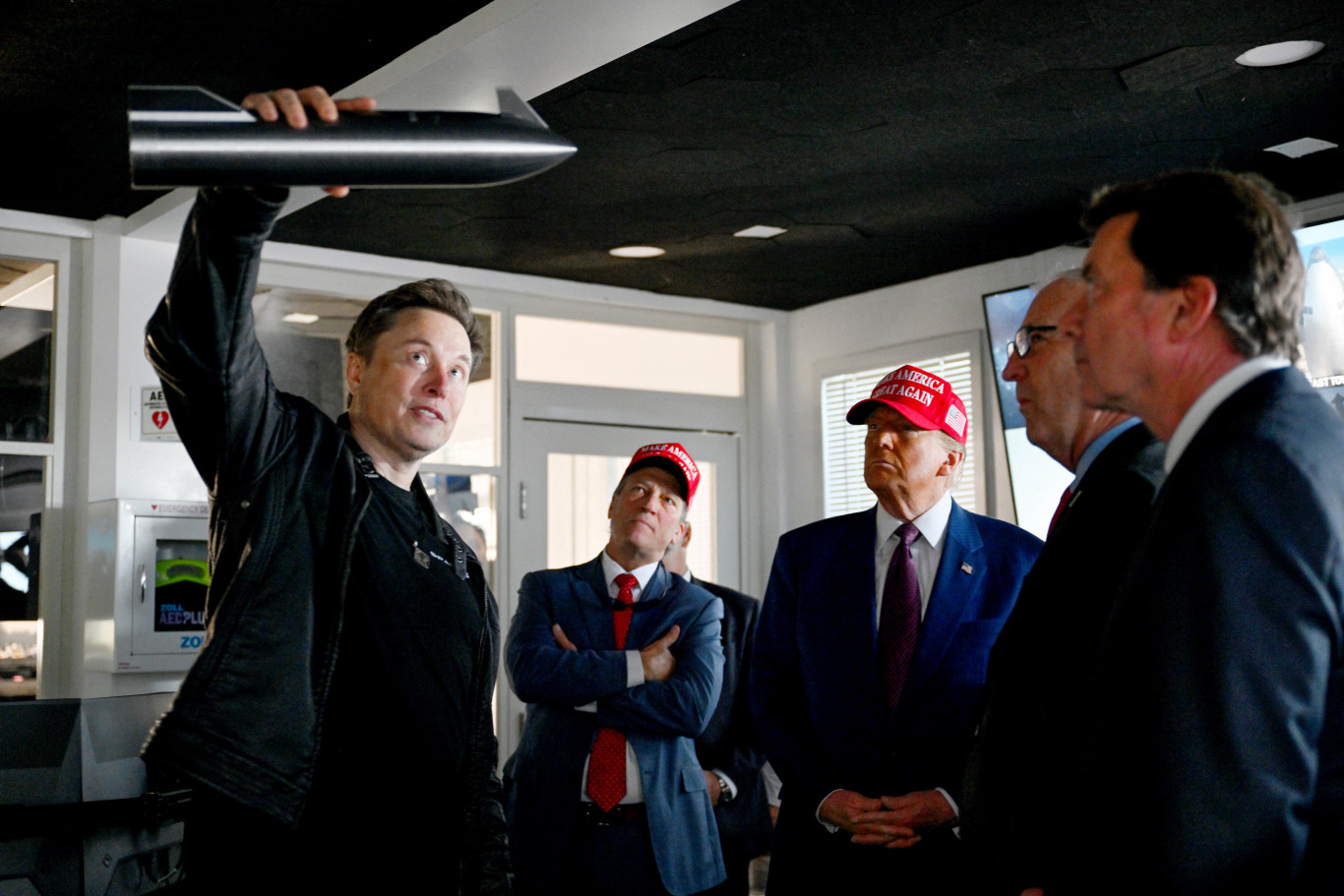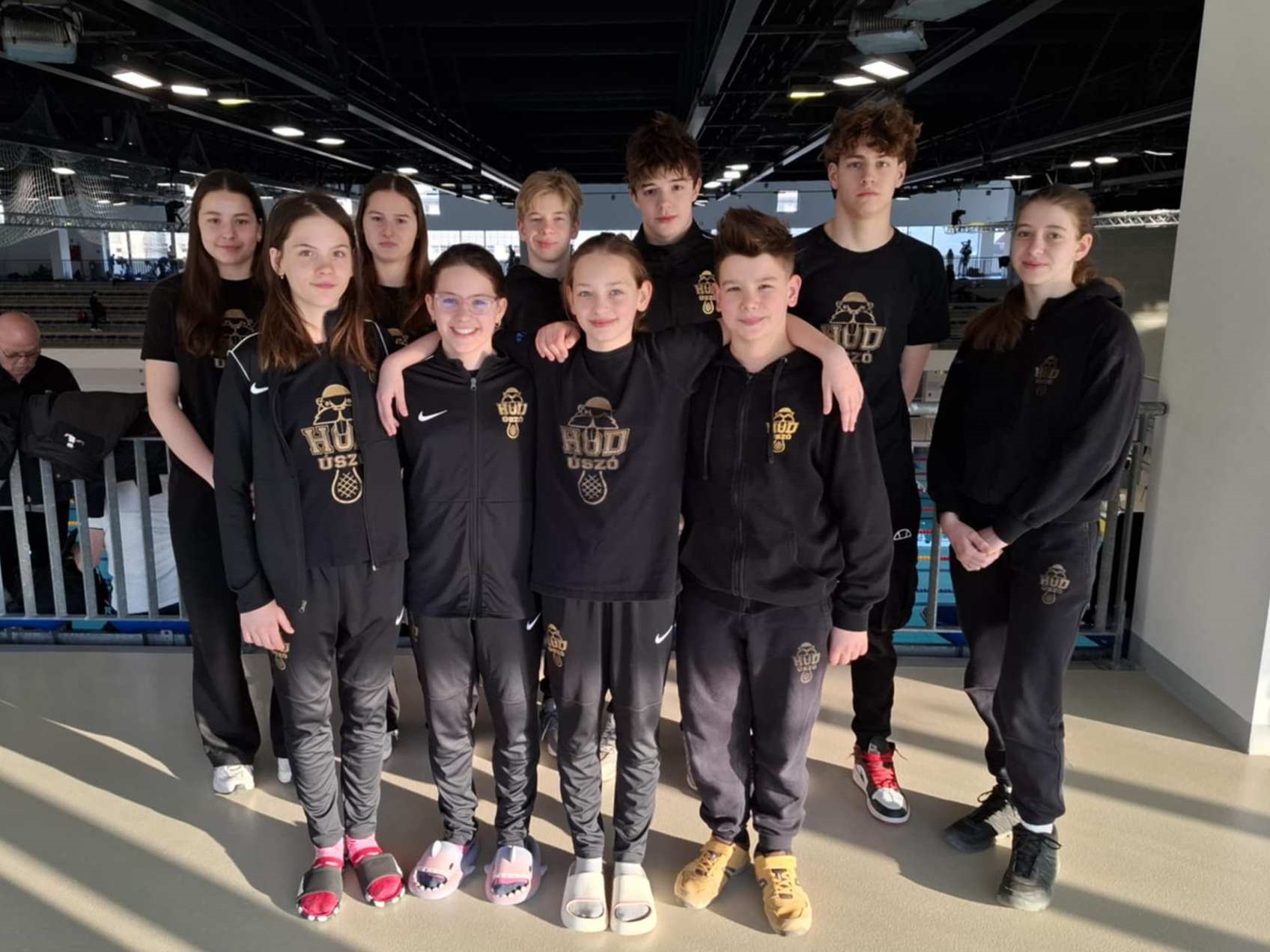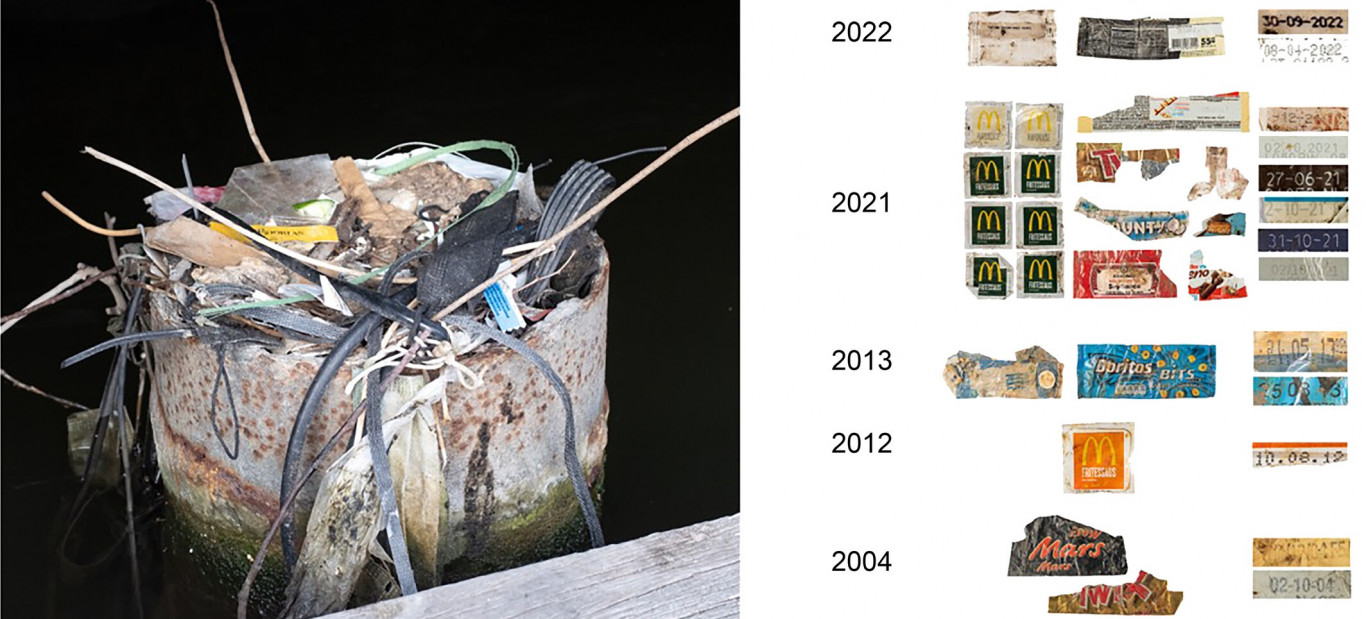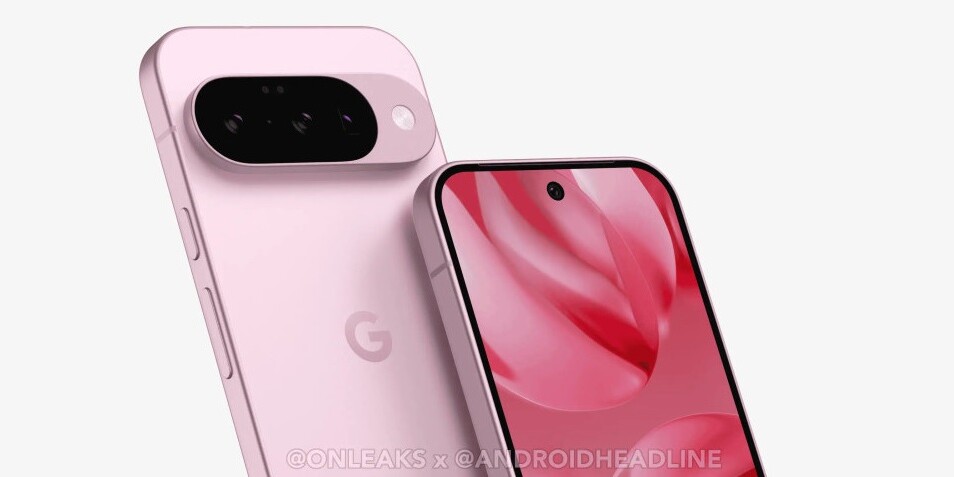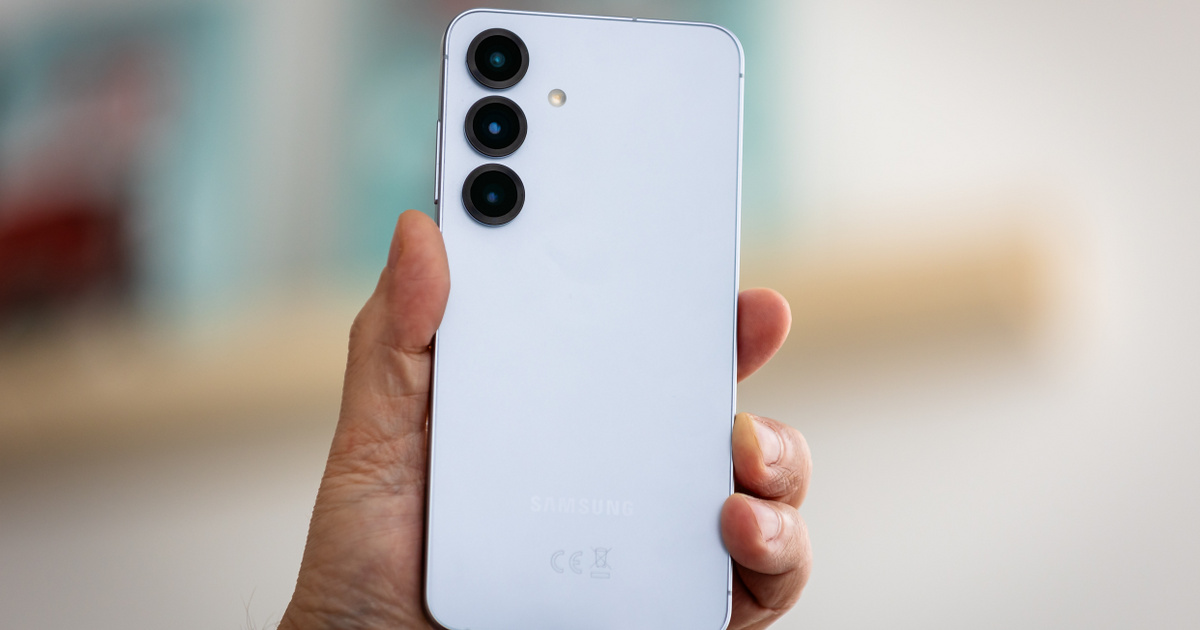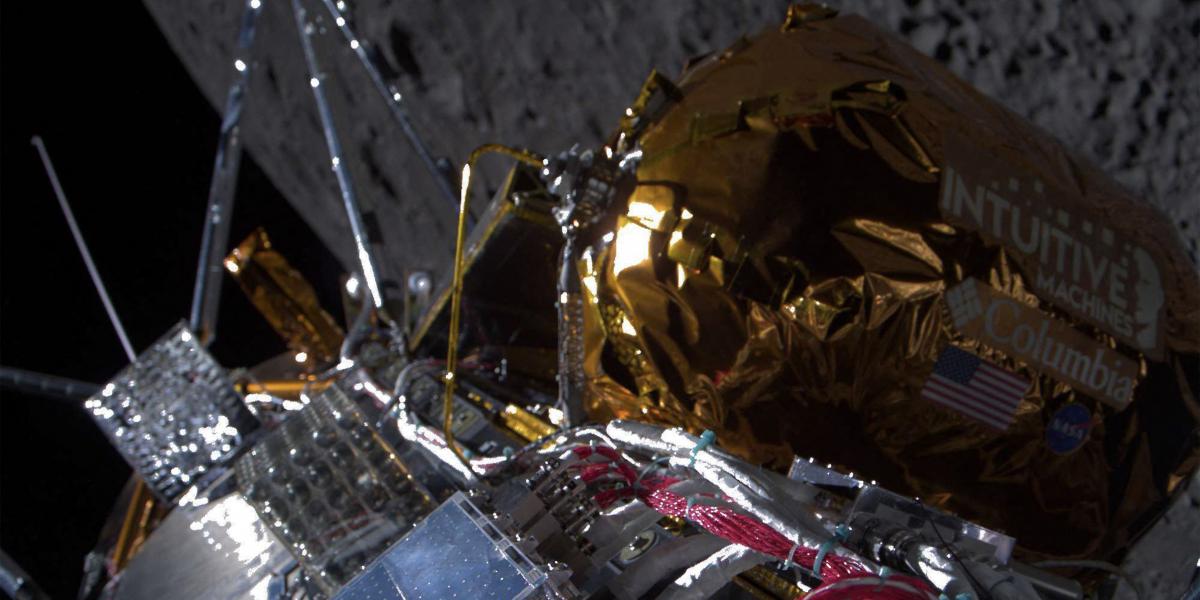a. from.;
Science;NASA;Moon;United States;Space travel;Lunar shuttle;
2024-02-23 07:58:00
The lunar shuttle Odysseus landed at the celestial body's south pole with six NASA experimental instruments. His landing was preceded by tense hours.
More than 50 years after the Apollo 17 mission in December 1972, an American lunar shuttle successfully landed on the moon again. Texas-based Intuitive Machines' lunar shuttle Odysseus was carried by a SpaceX rocket towards the target, landing for 73 minutes on the surface of the celestial body whose south pole touched the Earth near Malapert A crater. During this time they lost contact with it for ten minutes, but it appears that all… Everything was fine, according to a post on X (formerly Twitter), contact with Odysseus was restored, and the lunar shuttle began transmitting the first data including images from the Moon. About 15 minutes after landing, the aviation authority announced that it would pick up the weak signals from Odysseus.
The landing was preceded by tense hours due to a malfunction in the lander's laser navigation system, which required the lunar shuttle to make another orbit around the celestial body, and flight control activated NASA's experimental laser system for the landing.
After troubleshooting communications, flight controllers confirmed that Odysseus was upright and began transmitting data.
We are currently working on correlating the first images from the lunar surface.— Intuitive Machines (@Int_Machines) February 23, 2024
Steve Altimus, founder of Intuitive Machines, had previously given an 80% chance that Odysseus would successfully land on the moon.
The solar-powered lander is scheduled to operate for a week, until the long lunar night. The reason the location was chosen is that near the South Pole, in this area of the Moon covered in rocks and craters, there may be ice.
Odysseus, the size of a phone booth, 4.3 meters high, with six legs, made of carbon fiber and titanium, carried six NASA experimental instruments to the moon. The US Space Agency supported the private company with $118 million in building the lander, within the framework of the Artemis Moon program. Incidentally, Columbia Sportswear also sent its latest sportswear item, 125 lunar figurines by sculptor Jeff Koons, to the moon using the Intuitive Machines lander, and Embry-Riddle Aeronautical University used cameras to take photos from the lander.


